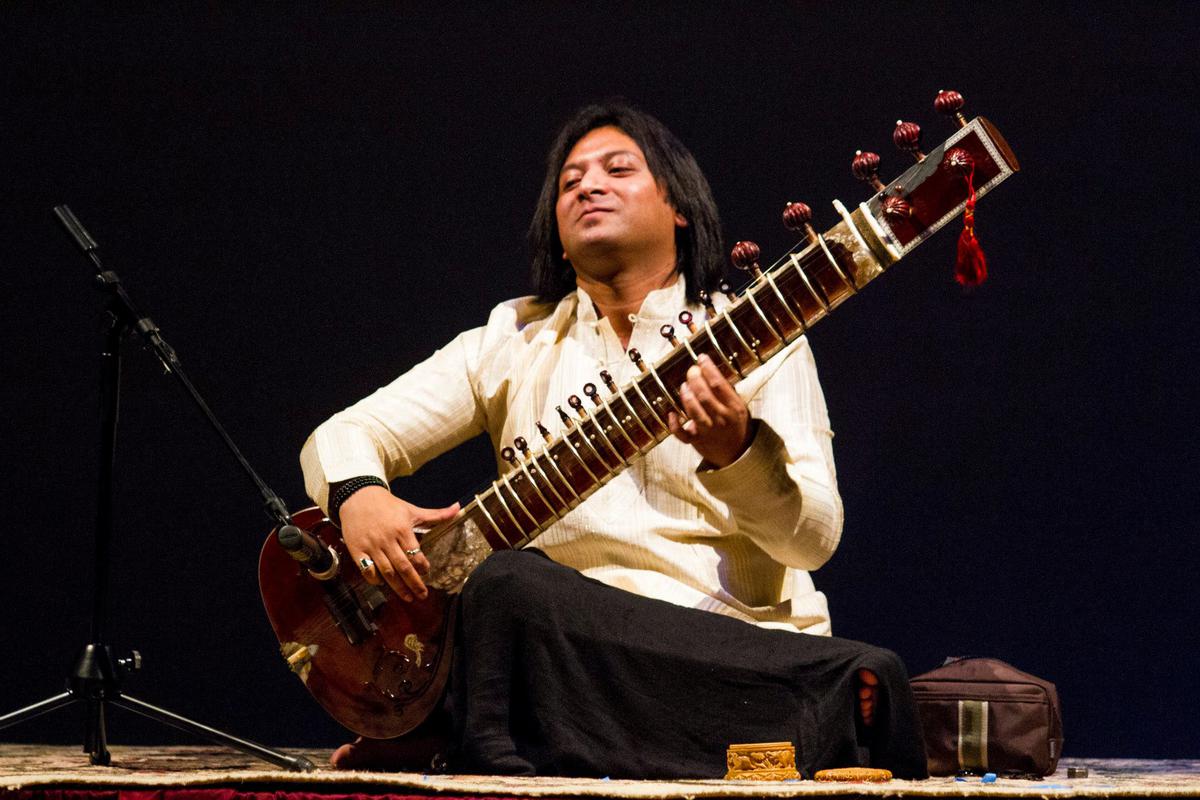Sankat Mochan Utsav is as much a celebration of music as the spirit of inclusion
Sankat Mochan Utsav is as much a celebration of music as the spirit of inclusion
After watching the festival online for two years, music lovers from Kashi flocked to the Sankat Mochan temple in large numbers for its five-day annual all-night music and dance festival. Organized to celebrate Hanuman’s birthday, the festival has come a long way from being a concert to the present, featuring 40 main actors – eight every night.
A fleet of cars transports artists to and from the airport and train station throughout the day; At night he debated between the Diamond Hotel (which has been hosting artists for many years) and the temple. Gone are the days when only one van with benches was used for the artists to sit,” recalls Sonu Jha, who has helped organize the festival since the 1990s.
The present Mahant of the festival and a capable Pakhwaj player, Prof. Vishwambharnath Mishra shared how initially women never sang in the festival. “Once upon a time Pt. Pratap Narayan was singing, and Kankana Banerjee playing the tambura inadvertently joined him in singing the vocals. At that time, my father decided to allow female singers to perform.
Late Odissi exponent Sanjukta Panigrahi was the first female dancer to participate in the festival. “I was in college then. My father was concerned about breaking the norms and asked for my advice. I told him to move on.”
Girija Devi performing at Sankat Mochan Utsav | photo credit: special arrangement
artists of the south
Earlier artists from the south were not invited due to financial constraints. “After 2000, we started including them, thanks to the ₹1 lakh contributed by one of my father’s close friends. Since then we have A. Kanyakumari, late Kadri Gopalnath, Yela Venkateswara Rao, Shashank Subramaniam and Bombay Jayashree,” says Prof. Mishra.
“Similarly, we never showcased Muslim artists. There was a terrorist attack on the temple in 2006. Ustad Bismillah Khan’s son Mumtaz performed in the temple courtyard. Next, we invited her to perform at the festival, and the barrier was broken. Sitariya Ustad Nishat Khan from Kolkata was the first artist from outside Banaras, Kamal Sabri was the first solo sarangi player, and then Pakistani ghazal singer Ghulam Ali performed notably in Sankat Mochan. ,

Shakir Khan on Sitar. Muslim artists have become an important part of the festival. photo credit: special arrangement
Another interesting aspect of the festival is that artists pay their ‘hajri’ or tribute to the master-composer Hanuman through music. In the 2022 edition to be held from April 20 to 25, Kirana Gharana scholar and senior singer Ustad Mashqur Ali Khan said, “He was grateful for calling (Call) Baba (Hanuman) to sing here.” His traditional composition in Raga Malkauns was ‘Krishna Madho Ram’. He sang ‘Dar Dar Paas Paas Phule’ by saint-composer Kunwar Shyam in the rare raga Khamach Bahar of Vasant. Like her, most of the artists selected compositions with suitable lyrics for this stage. Kalpana Zokarkar, who hails from Indore, sang a tappa in Raag Kaafi, ‘Madhav Mukund Murari’.
For some artists, such as Pt. Hariprasad Chaurasia, Pt. Shiv Kumar Sharma, and Niladri Kumar, who have performed in Sankat Mochan since adolescence, the festival is a permanent fixture on their concert calendar. But there are others like Ustad Shujaat Khan, who have never performed. Ustad Bismillah Khan, Ustad Vilayat Khan, Pt. Nikhil Banerjee and Ustad Ali Akbar Khan also did not perform.
Clearly, the festival has grown in stature, acquiring an inclusive character.
Delhi-based writers write on classical music.